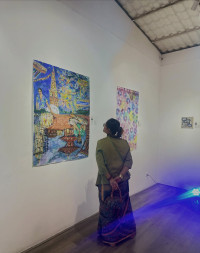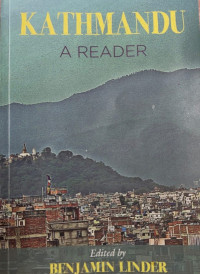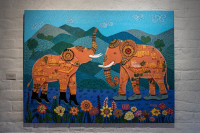Culture & Lifestyle
Shaping visions, inspiring lives
‘Morph’ explores the intersection of art, photography and human experiences in its inaugural edition.
Anish Ghimire
The inaugural edition of the annual photography art magazine, ‘Morph: Shaping Visions, Inspiring Lives,’ was released on November 10. Gehendra Dhimal Foundation spearheaded the launch, with Gautam Dhimal serving as the editorial director. Dhimal, known for his work with BBC One, Disney, Red Bull and Coca-Cola, brings his expertise as a filmmaker and photographer to this project.
The magazine has diverse content across seven sections, each delving into various aspects of creativity and human experience. These segments include inspiring stories, the environment, people and lifestyle, hangouts and galleries, and more. Dhimal expressed in the magazine, “This magazine is a sanctuary for artists of all ages—from the young enthusiasts to those who’ve weathered the storms of life.” ‘Morph’ seeks to offer a space that speaks to artists of all generations, encouraging a sense of inspiration and community.
The magazine presents a collection of photographs by its editor, Bikas Rauniar, spanning from the early 1990s to the late 2000s. These images unfold a narrative titled ‘The Role of Art in Shaping Political History’, revealing hidden stories that highlight the resilience of the human spirit and the significant impact of artistic expression on the country's turbulent past.
Within this section, the photographs skillfully illuminate the untold stories of political landscapes. The lens captures pivotal moments, ranging from political rallies and official visits to the weighty speeches of influential figures. Through Rauniar’s lens, the magazine provides a distinctive viewpoint on the responsibilities of politicians, presenting a visual story that underscores the power of art in recording and influencing the course of political history. Readers can vividly witness the intersection of art and politics, where images transcend the ordinary, conveying a message about the shaping of a nation’s destiny.
Rauniar shares his thoughts on the evolving landscape of photography, stating, “With smartphones, anyone can now be a photographer, and the true art of photography is dwindling. So, this magazine was started to make room for skilled art photographers. This is one of the many reasons, among others.”
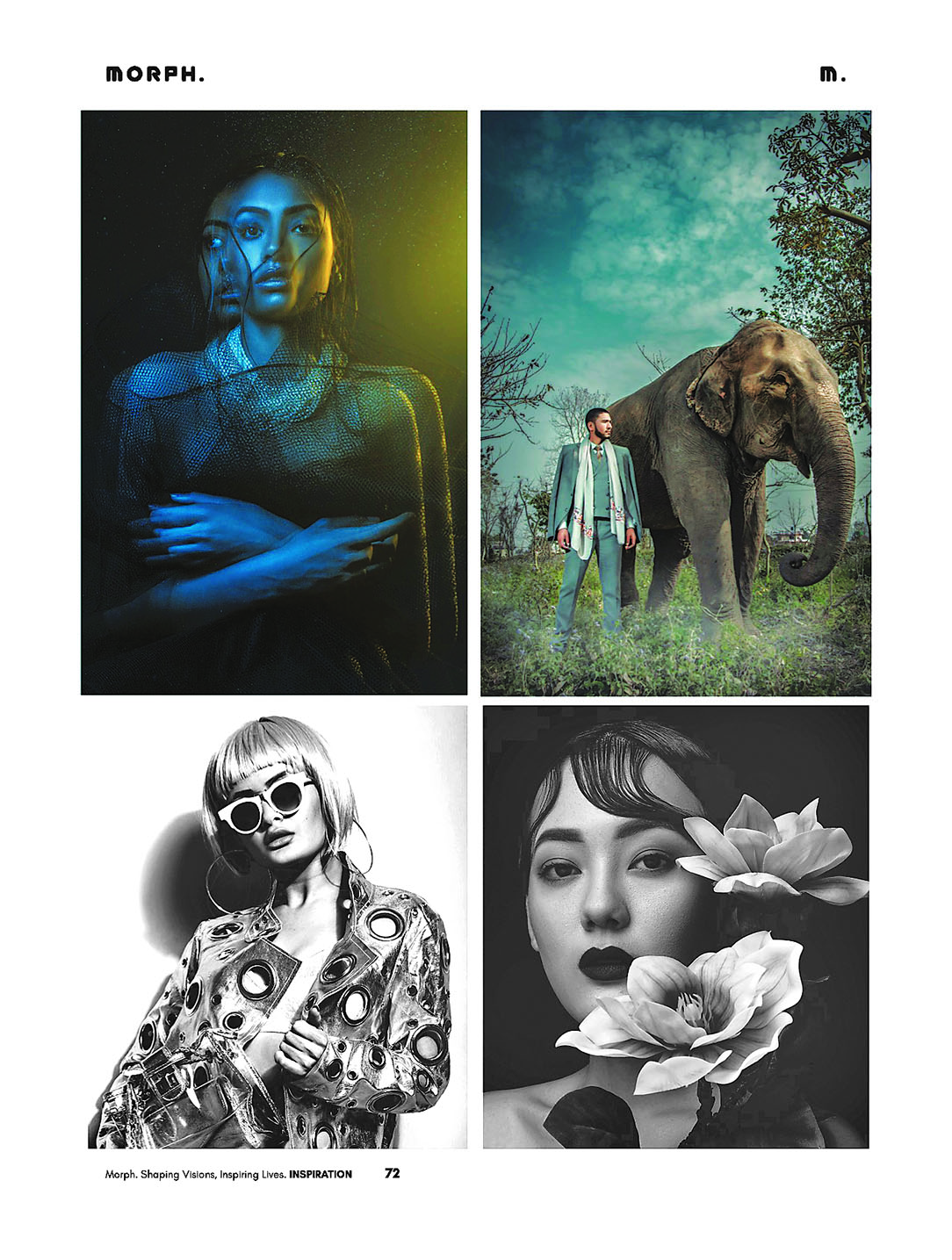
The magazine serves as a platform highlighting the enduring significance of well-planned, well-crafted images. In doing so, it recognises and values photography as a genuine art form, ensuring the preservation of the artistry and expertise of professional photographers in a society saturated with images.
In the section titled ‘Ones to Watch’, the magazine spotlights a diverse group of young Nepali artists from various backgrounds, showcasing the wealth of talent emerging from different disciplines. Among them is Sajina Adhikari Chhetri, a 19-year-old tattoo artist who is already gaining recognition in the industry for her skills.
Also featured is Yubraj Gurung, a 21-year-old practitioner of Bharatnatyam, an intricate Indian classical dance form from Tamil Nadu. The spotlight extends to Chintan Rajbhandari, a cinematographer capturing visual stories with finesse, and Aditi Sherpa, a digital artist pushing the boundaries of artistic expression. Additionally, the section introduces the work of Bibek Shrestha, a photographer with a distinct visual language, and Aliz Ghimire, a model adding diversity and flair to the fashion scene.
In this section, the magazine celebrates the creativity, passion, and dedication of these emerging talents, providing readers with a glimpse into the dynamic landscape of Nepal’s young artistic community.
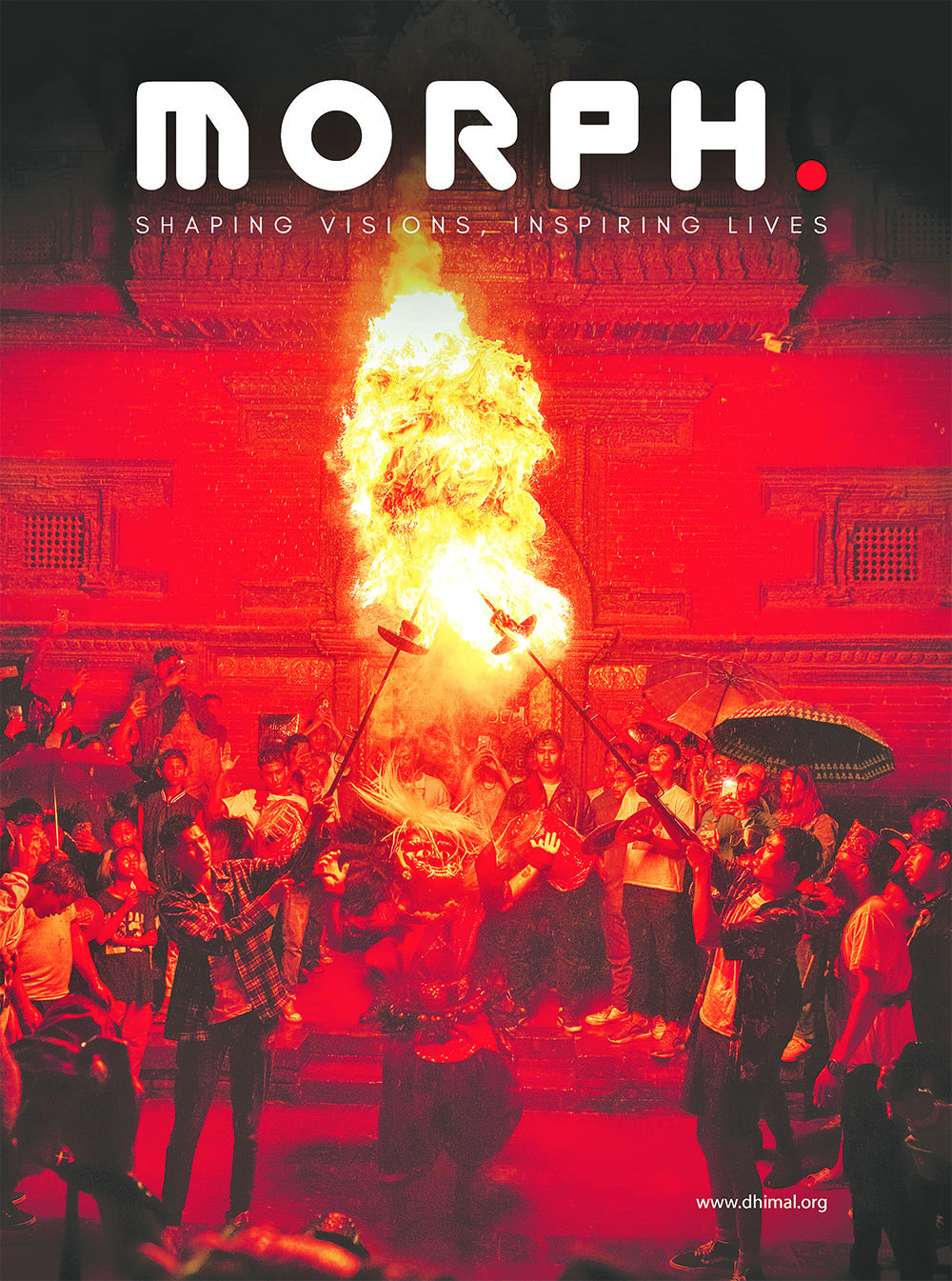
In one of the most captivating parts of the magazine, Dhimal focuses on the concerning impact of climate change on the majestic mountains. Through a series of photographs, the editorial director highlights the rapid loss of snow from these towering peaks, transforming them into stark, rocky landscapes. Dhimal’s commentary within the chapter explains the gravity of the situation, urging readers to consider the consequences, stating, “Imagine these magnificent mountains as nothing but rocks without snow.”
Looking ahead to future editions, the editorial team aims to expand the range of topics, encompassing a variety of unheard and beautiful stories with the potential to inspire readers. Rauniar affirms this commitment, stating, “This magazine will always provide a voice for any good photo story.”
By seeking out and featuring stories that might otherwise go unnoticed, ‘Morph’ aims to create a space where compelling visuals become a powerful means of communication.
In line with this mission, the magazine serves as a platform not only for established photographers but also for individuals with unique perspectives and untold stories. As it develops, the magazine aspires to be a dynamic platform that captures the essence of the human condition, celebrates the beauty in the ordinary, and gives readers a voice for tales that deeply resonate with them.




 6.12°C Kathmandu
6.12°C Kathmandu

